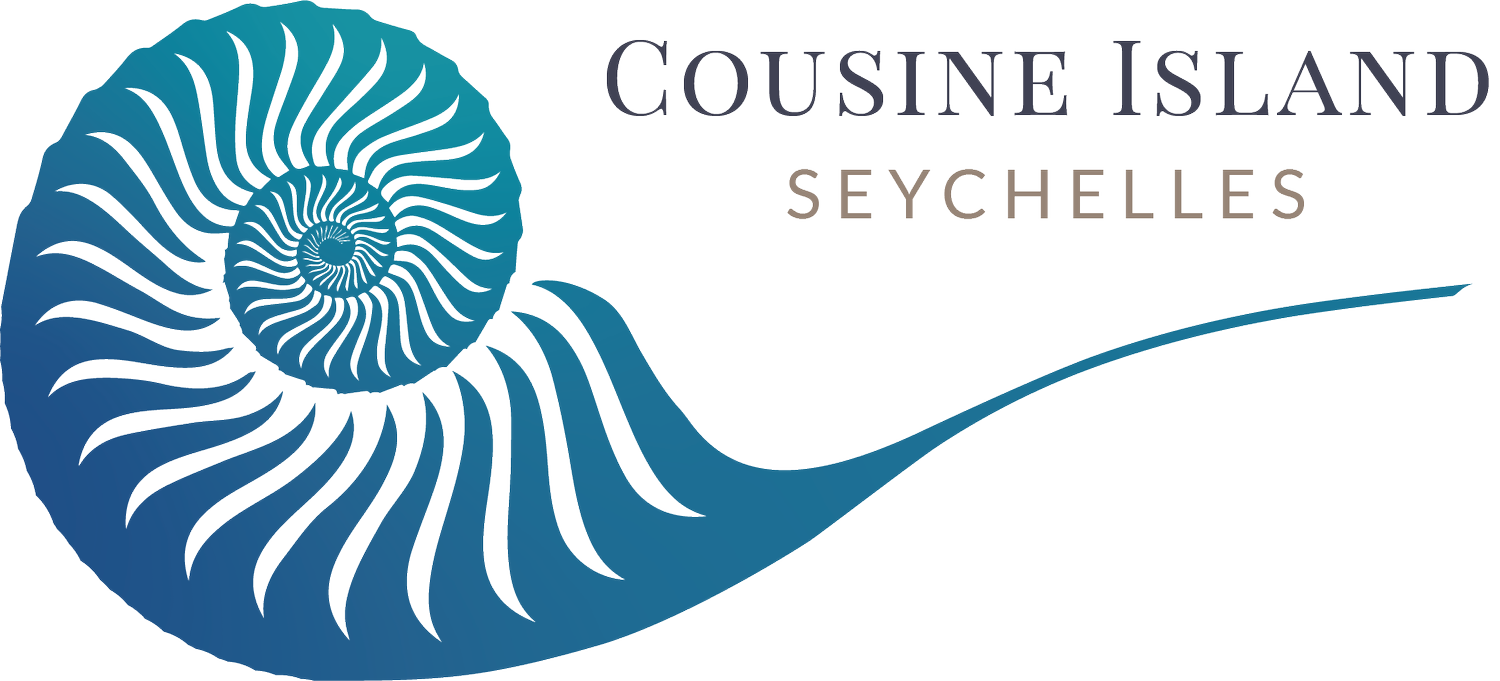愚蠢 "的褐颔鸭(Anous stolidus)
stolidus是拉丁语,也有 "愚蠢 "或 "愚笨 "的意思。与许多海鸟一样,它们的学名也源于吃鸟和鸟蛋的水手。由于缺乏与人类的接触,这些鸟儿没有恐惧感,也没有保护巢穴的本能,水手们认为它们是愚蠢的。
褐颔鸟以其独特的求偶行为(点头和鞠躬)而闻名,每年都会造访库辛岛。繁殖季节从 5 月持续到 9 月,在此期间,成鸟会选择在椰子树或地面上筑巢。虽然主要是群居,但它们通常在悬崖、矮树或灌木等高处筑巢,偶尔也在地面筑巢。每对繁殖对每季产一枚卵。
在繁殖期以外的月份,褐马鸡主要是浮游动物,很少接近陆地。它们在水面附近觅食,捕食小鱼,并伺机捕捉被大型捕食者驱赶上岸的猎物。库锡安岛有近 3000 对繁殖对,雏鸟最初是深色的,但也有一小部分在孵化成棕色之前是白色的。
觅食时,它们会敏捷地掠过水面,捕捉小乌贼、软体动物、水生昆虫以及沙丁鱼和凤尾鱼等鱼类。它们还以果实为食,尤其是螺丝松树上的果实。库辛岛为这些迷人的海鸟提供了一个重要的庇护所,让观鸟者和自然爱好者难得一见它们在塞舌尔丰富的生物多样性中的繁殖行为和生态作用。


